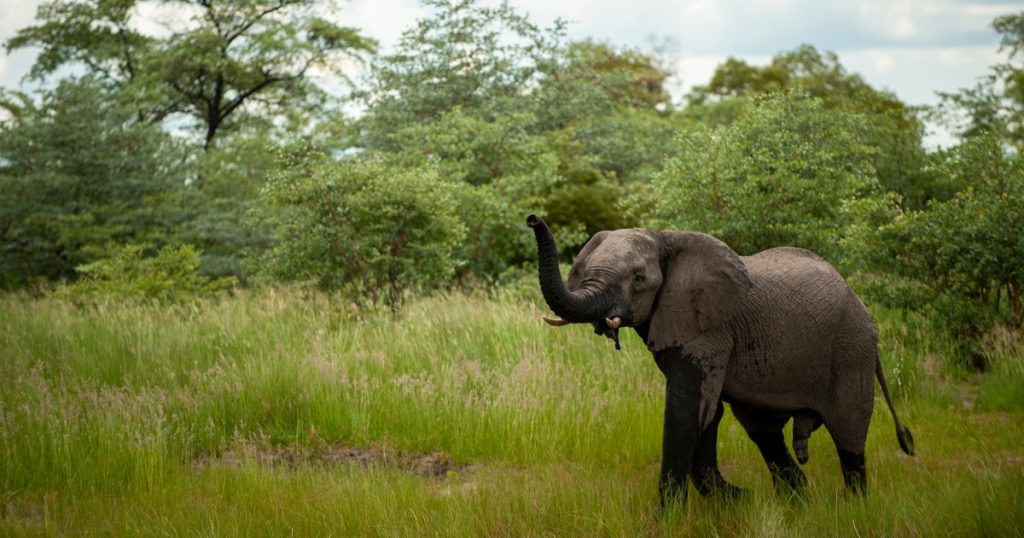Namibia is planning to cull 723 wild animals, including 83 elephants, in an effort to address food shortages caused by a severe drought in southern Africa. The cull will take place in parks and communal areas where authorities believe that animal populations exceed available grazing land and water supplies. With nearly half of Namibia’s population expected to face high levels of food insecurity in the coming months, the government sees the culling of these animals as a way to provide meat for those struggling to feed themselves.
The severe drought in southern Africa has led to the depletion of 84% of Namibia’s food reserves, according to the United Nations. In order to prevent human-wildlife conflicts from escalating due to the shortage of resources, the government has decided to cull 83 elephants from conflict areas and distribute the meat to those in need through the drought relief program. Other animals targeted for culling include 30 hippos, 60 buffalo, 50 impala, 100 blue wildebeest, 300 zebra, and 100 eland. Professional hunters and government-contracted companies have already captured 157 animals, yielding over 56,800 kilograms of meat.
The environment ministry of Namibia has stated that this culling exercise is necessary to address the food shortage caused by the severe drought, and is in line with the country’s constitutional mandate to use natural resources for the benefit of its citizens. With more than 200,000 elephants estimated to live in a conservation area spread across five southern African countries, Namibia is home to one of the largest elephant populations in the world. The culling is seen as a way to manage wildlife populations in a sustainable manner and provide much-needed meat for those facing food insecurity in the region.
This decision to cull wild animals in Namibia has sparked controversy and debate among wildlife conservationists and animal welfare advocates. Some argue that culling is a necessary measure to prevent human-wildlife conflicts and address food shortages caused by the drought, while others criticize the move as unethical and inhumane. The government’s plan to distribute the meat from culling to those in need has been met with mixed reactions, with concerns raised about the impact on wildlife populations and the long-term consequences of culling on ecosystems.
As southern Africa continues to grapple with the worst drought in decades, the government of Namibia faces the challenge of balancing the needs of its human population with wildlife conservation efforts. The culling of wild animals, including elephants, is just one of the responses to the food crisis caused by the drought, with authorities emphasizing the importance of managing wildlife populations in a sustainable manner. With high levels of food insecurity expected to persist in the region, the debate over culling as a solution to human-wildlife conflicts is likely to continue.


